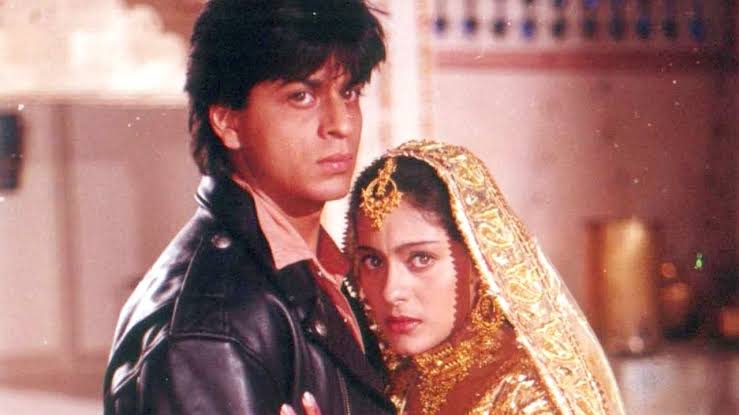Thirty years after its release, Dilwale Dulhania Le Jayenge (DDLJ) continues to shape India’s cinematic imagination of love. Its blend of tradition, rebellion, and emotional depth resonates across generations, with daily screenings at Mumbai’s Maratha Mandir and renewed cultural relevance in today’s evolving social landscape.
Three decades since its 1995 release, Dilwale Dulhania Le Jayenge remains a cultural cornerstone in Indian cinema. Directed by Aditya Chopra and starring Shah Rukh Khan and Kajol, the film redefined Bollywood’s portrayal of romance—balancing youthful passion with deep-rooted family values. As of 2025, it still plays daily at Mumbai’s Maratha Mandir, drawing audiences who see their own stories reflected in Raj and Simran’s journey.
Key Highlights
-
DDLJ’s enduring appeal lies in its emotional duality: the thrill of forbidden love and the longing for familial approval
-
The film’s iconic mandolin riff and mustard field scenes have become visual shorthand for cinematic romance in India
-
Its characters challenged norms without rejecting tradition—Raj wins over Simran’s family rather than eloping, a narrative that still resonates in conservative societies
-
Cultural critics note that DDLJ’s success stems from its ability to evolve with time, offering new meanings to each generation
-
The film’s themes—identity, diaspora, and emotional negotiation—mirror the lived experiences of millions of Indians at home and abroad
-
Couples continue to recreate DDLJ moments in weddings and social media, reinforcing its symbolic power in real-life love stories
-
The movie’s legacy has inspired countless romantic dramas, but few have matched its emotional clarity and cultural balance
-
DDLJ’s 30-year run at Maratha Mandir is a testament to its timelessness, with fans still cheering at every screening
DDLJ’s magic endures because it doesn’t just tell a love story—it tells India’s story. It captures the tension between modernity and tradition, individuality and community, rebellion and reconciliation. In doing so, it remains the gold standard for cinematic romance in India.
Sources: The Friday Times, CNN Style via KESQ, Hindi Cinema News

